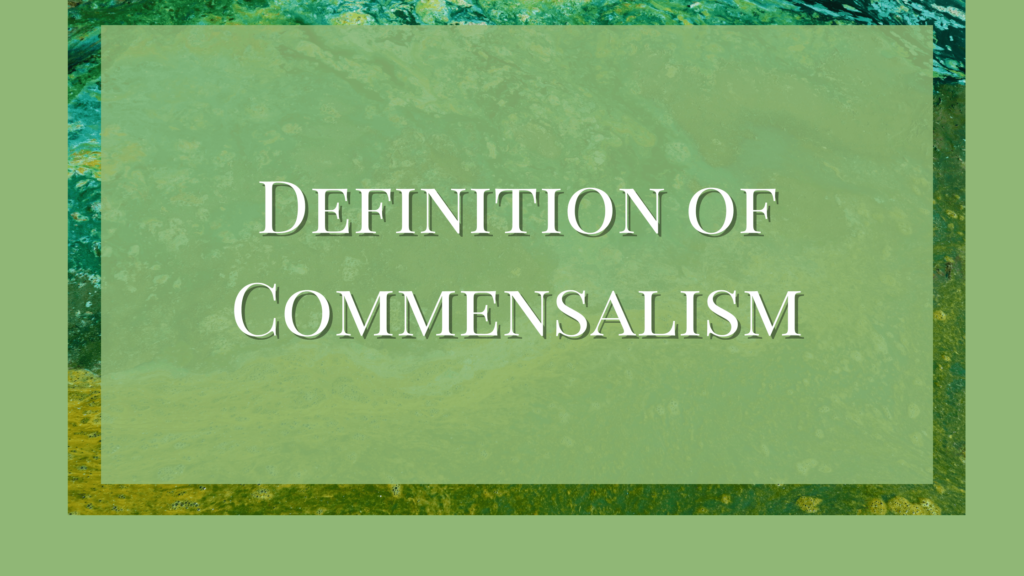Species in an ecosystem interact with each other in different ways. They co-exist as individuals independent of each other, compete with each other as equals, or prey on others of getting preyed on. It is these interactions that define an ecosystem and its future. The commensalism relationship is one such interaction between species.
Definition of Commensalism
Commensalism is the symbiotic relationship between two species where only one species is benefited and the other one is neither benefited nor harmed. In a true commensalism, one species is completely unaffected by the other species.
An example is epiphytes such as orchids growing on tropical trees. Orchids use the trees for support and more exposure to sun and rain. They do not depend on the host for their nutrition. Instead, they take nutrients from the atmosphere and do not affect their host. Another example is climbers on woody trees that do not harm them.
Types of Commensalism
Commensalism is of three types.
- Phoresis or phoresy is where a phoretic or phoront or an organism attaches to a host, only for traveling or transporting seeds from one place to another. Ticks and mites are perfect examples of such commensalism. It is just a temporary relationship between two organisms. Parasitism does not come under this category. At the same time, when there are too many phonetics, it can overburden the host.
- Inquilinism is where one species uses the other for shelter. Insects, termites, and small animals such as rats that occupy our homes come under this type of commensalism.
- Merabiosis where one species uses the other for a product generated by its death. The dependency here is indirect and the organism is living in an environment that is created by another one.
References
- White, P. S., Morran, L. T., & De Roode, J. (2017, June 1). Phoresy. Current Biology. https://doi.org/10.1016/j.cub.2017.03.073
- Timothy D. Schowalter, 8 – Species Interactions, Editor(s): Timothy D. Schowalter, Insect Ecology (Second Edition), Academic Press, 2006, Pages 213-249, ISBN 9780120887729. https://doi.org/10.1016/B978-012088772-9/50033-9
Additional Reading
- Herbivory Definition, Importance & More
- What Is Predation? Definition & Importance
- Mutualism: Definition, Types & Specificity




